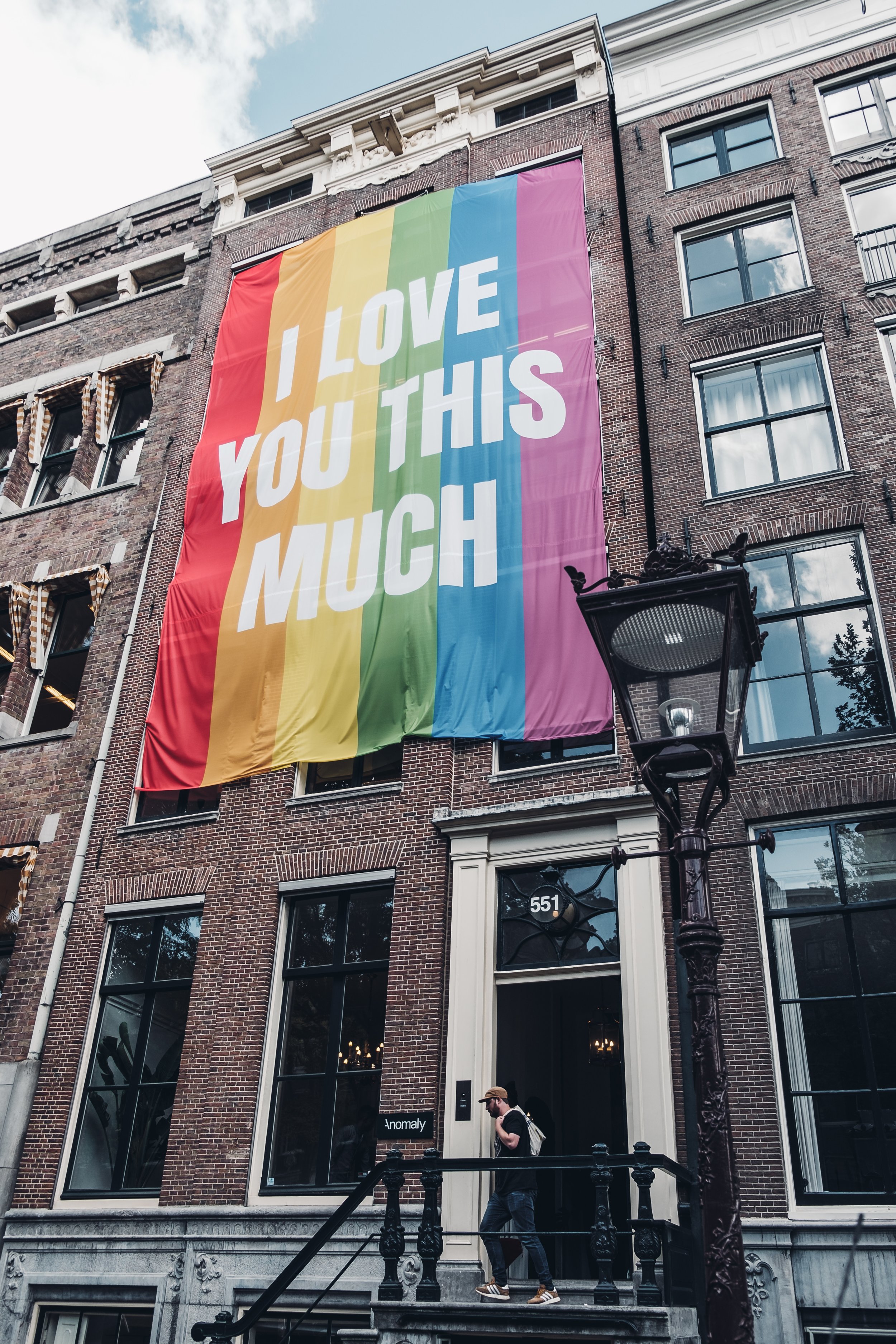Image Source: https://unsplash.com/photos/MfhETsgQM6A
It is almost June and for many of us this means the end of the school year and the start of summer. For many people, it also means the start of PRIDE month. Sometimes called Gay Pride or LGBT Pride. This year is seems especially important.
For one, it is the 50th anniversary of the Stonewall Riots. In the wee hours Saturday June 28th, 1969, lesbian, gay, bisexual, transgender people rioted following a police raid on the Stonewall Inn (43 Christopher Street, New York City). This led to further protests and rioting on successive evenings. Though not the first protest for LGBTQ rights in the US, it served as the watershed moment in the modern LGBT rights movement.
So this June, people across the country will be celebrating 50 years of Pride. Fifty years of affirming themselves as people worthy of love, respect, dignity, and civil rights when no one else would.
But as followers of Jesus, we have a terrible track record. If we are honest, a deplorable one, when it comes to loving LGBTQ+ identified people. While many Christian denominations are in the process of change around their understanding of human sexuality, it is still a recent phenomenon. Queer people (an inclusive term for gay, lesbian, bisexual, and transgender people) continue to struggle with the idea of faith.
What does it mean to embrace LGBTQ+ people?
Many churches now call themselves welcoming, as in welcoming to Queer people. Others use the term affirming. Still others, like the ELCA Lutheran church uses the term “Reconciling in Christ,” defined as ‘communities who have made a public commitment to welcome, include and celebrate lesbian, gay, bisexual, transgender, queer, intersex, and asexual (LGBTQIA+) people.‘
But what does this really look like?
Too often it is a sign hanging near the entrance of a church. Congregations say they love LGBTQ+ people, but keep waiting for them to show up. Followers of Jesus may be reconciled to Christ, but they have yet to reconcile themselves to the queer people in their community.
What COULD it look like?
To truly love others, Jesus told his followers to serve one another: “But among you it will be different. Whoever wants to be a leader among you must be your servant” (Matthew 10:43). After his resurrection from the dead, Jesus speaks to Peter saying, “Again Jesus said, “Simon son of John, do you love me? ”He answered, “Yes, Lord, you know that I love you.” Jesus said, “Take care of my sheep.” (John 21:16). Jesus is always turning those who would follow him toward service to others.
In this same way, embracing LGBTQ+ people means more than just hanging up a sign. More than just attending a Pride parade or marching in it.
Loving queer people means actively listening to their stories. It means really hearing the pain they have experienced from people of faith. It means remaining openhearted to the harm, trauma, oppression, and heartbreak that LGBTQ people have experienced without denying it. Without explaining it away. Without adding your own opinions about it. Not even to say, that it wasn’t you who did this or that things are different now. It means you have to own your part, even if that part is historical or collective.
We wound never say to Jesus, “Well your suffering happened a long time ago” or “Yes Jesus, but things have changed for the better.” So why are we so prone to do it to our LGBTQ+ neighbors and loved ones?
Learning to deeply listen and bear witness to the pain, anger, frustration, confusion and hurt of others is part of what it means to truly love. As followers of Jesus we must learn how to stop telling our own stories, so that we may begin to hear how God may be working in the lives of LGBTQ+ people. Only when we truly listen we can respond to those stories by saying, “What do you need from me?” and “How can I be of service to you?”


